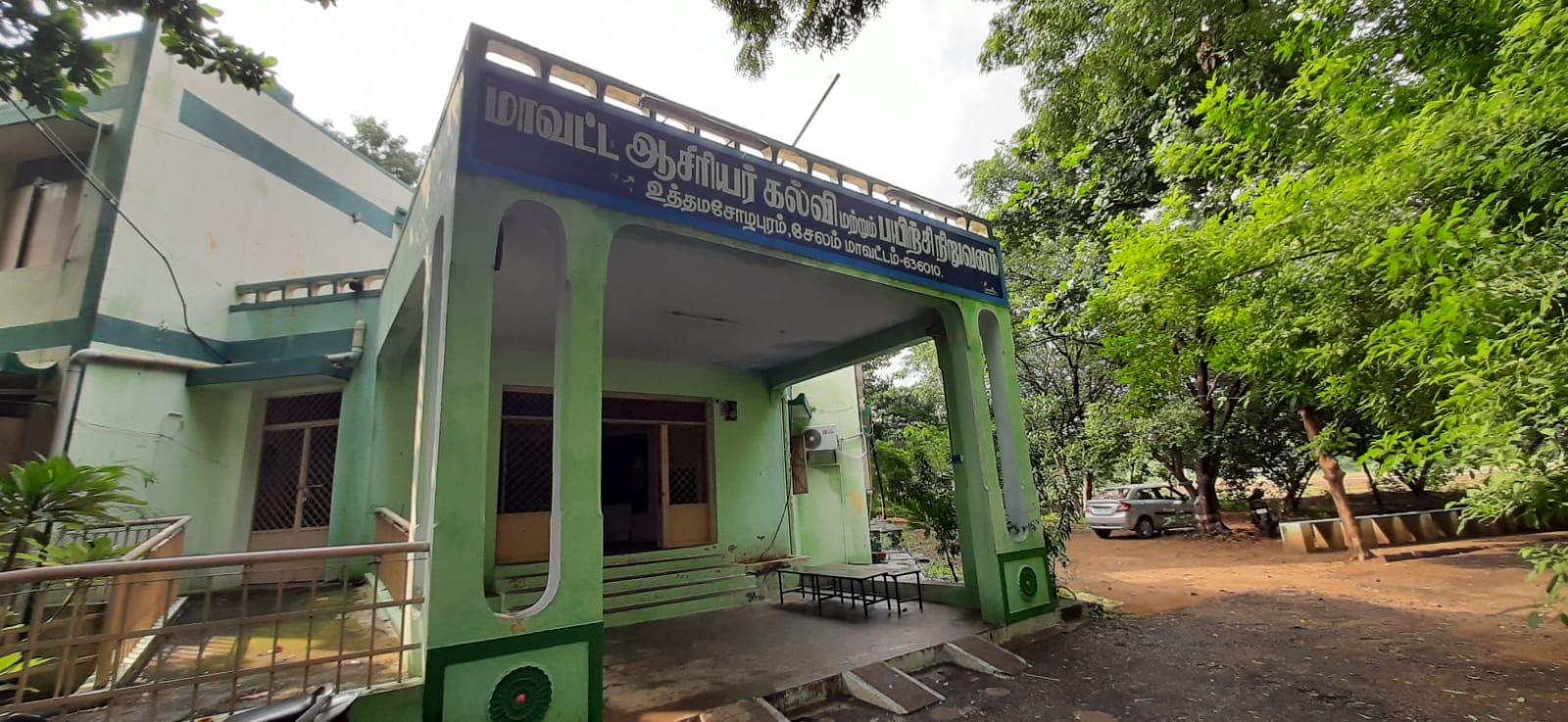About Us
About Our Institution
Radhakrishnan Commission of 1949, Mudaliyar Commission of 1952, Kothari Commission of 1964-66 and the National Education Policy of 1986, visualised that to achieve the aim of generalisation of elementary education, District level teacher training institutes should be set up. Thus as per implementation of Program of Action-1992, DIETs were set up in a phased manner throughout the country. Ministry of Human Resources Development, Govt. of India has termed the DIET as Light House in the field of education. That means DIETs have been given the responsibility of providing training related to teaching - learning activities. DIETs have also been carry out extension activities, need based work and teacher training based programmes.
DIETs have been given the responsibility to develop facilities for teachers to experiment, assimilation of education technology and modern techniques of evaluations. Apart from this, DIETs have been assigned the responsibility to display training material created by teachers, its exhibition, publication and expansion for the benefit of all. To ensure uniformity in functioning of DIETs, the Pink Book published in November, 1989 by HRD ministry has been accepted as Guide Book. On the basis of this Pink book, training programmes for in-service as well as pre-service teachers are planned throughout India.
- It is established as per G.O (Ms) 41 - EDN, dated 16.02.1999.
Features Of Our Institution
Organization
To plan and organise programmes on development of guiding material, evaluation, follow up action on feedbacks, etc.,
Field Work
Developing a culture of sharing ideas and experiences by contributing materials developed by teachers, etc. to the resource centre.
Co-Ordination
To provide solutions for problems in the field of education by conducting various action researches through field interaction.
Planning & Management
Networking the district, block, cluster and school resource centres for effective exchange of ideas, information and resources.
Educational Technology
Providing academic help and support to resource groups working at different levels (district, block and cluster levels) in the district.
Field Interaction & Innovation
To propagate child centred education,activity based training, fun learning, creative learning and to encourage cooperative teaching at primary, upper primary and higher secondary levels.
Educational Resources
Facilitating teachers in developing and using low cost, locally available educational resources.
Pre Service Teacher Education
Facilitating teachers in developing and using low cost, locally available educational resources.

